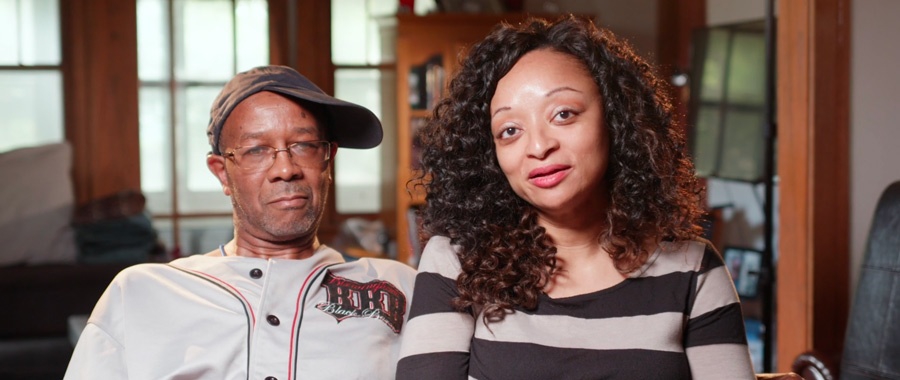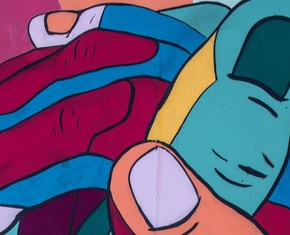The views expressed in our content reflect individual perspectives and do not represent the authoritative views of the Baha'i Faith.
“Where exactly do we stand? Where are we going? Who are we?” asks Lurenza McGhee, a Baha’i living in Chicago. In the video above, she says that before she became a Baha’i, she used to ask herself these questions about people of African descent in the United States. But when she learned about the unique role that Black people have been given in the Baha’i Faith, everything finally made sense.
Baha’u’llah, the prophet and founder of the Baha’i Faith, compared Black people “to the black pupil of the eye surrounded by the white. In this black pupil you see the reflection of that which is before it, and through it the light of the Spirit shines forth.”
In the video, Lurenza and her husband Larry McGhee discuss how learning about this comparison was critical to helping them form a positive identity and outlook on life. “If you don’t have your pupil, then you cannot see,” Lurenza says. “When I first heard the term ‘the pupil of the eye,’ I was completely blown away because never had I ever read in any holy text an analogy that equated people of African descent with such… majesty.”
The clip is a part of the “Race Unity Project” — a video series produced by Journalism for Change, Inc, a nonprofit media organization founded by filmmaker and human rights activist Maziar Bahari. The project tells “the century-long story of the American Baha’i community and its efforts — as well as its tests and challenges — in promoting race unity.”
“I have to exemplify what I think the ‘the pupil of the eye’ means in the most spiritual terms that I can by giving love and forbearance and patience and understanding,” Larry says.
Watch as Lurenza and Larry share how becoming Baha’is — and finding out about their spiritual identity as Black people — gave their lives meaning, hope, and purpose.
















Comments
Sign in or create an account
Continue with Googleor